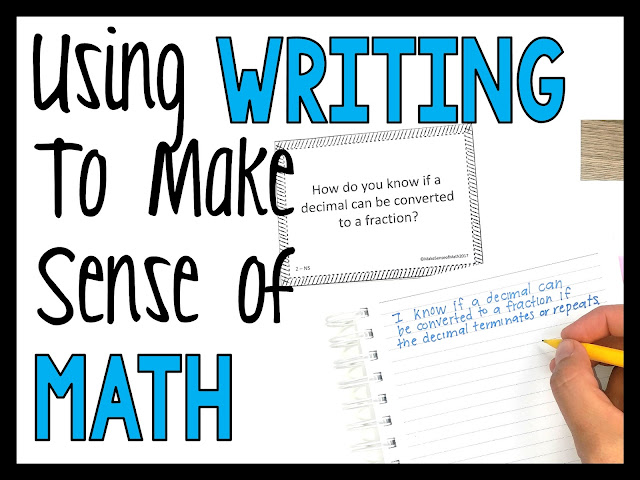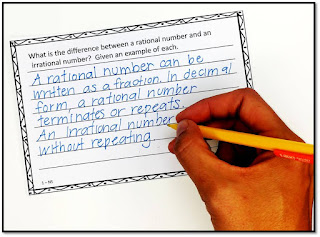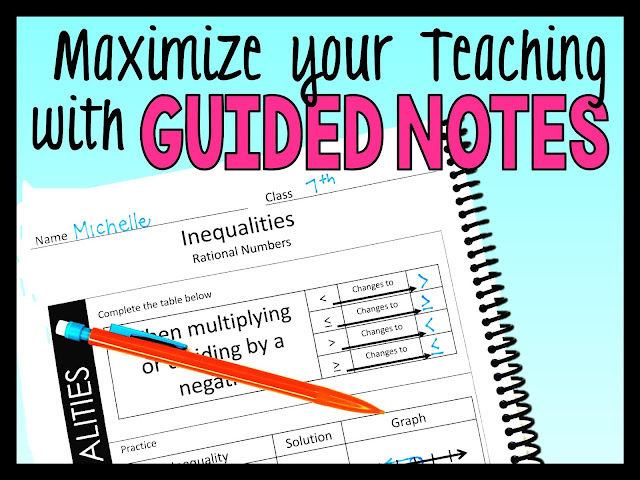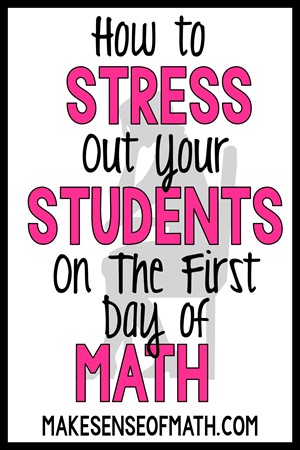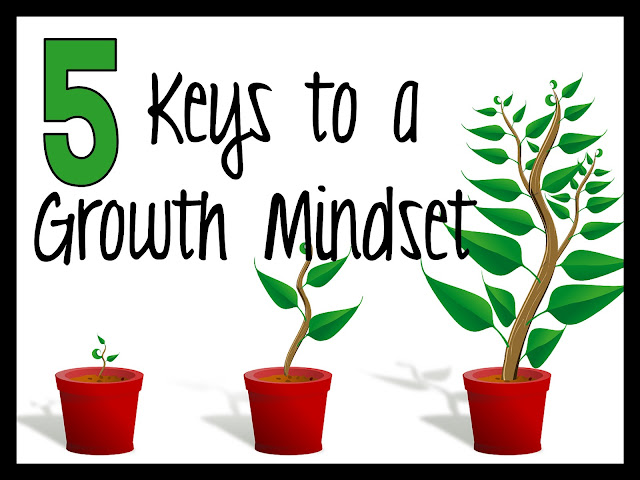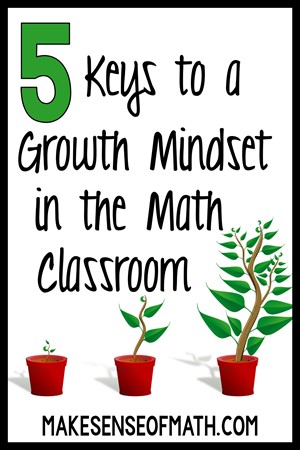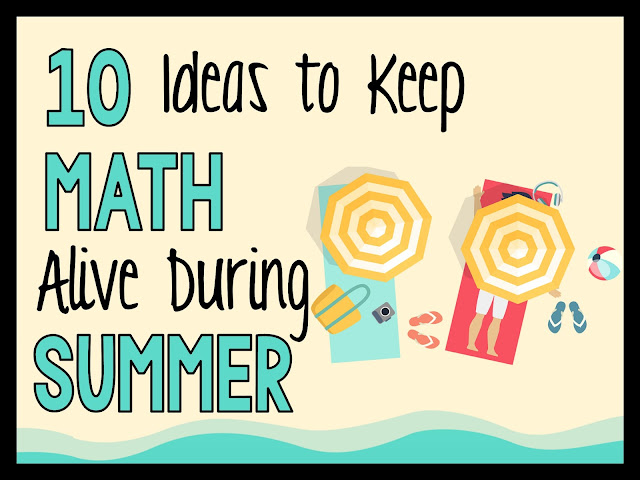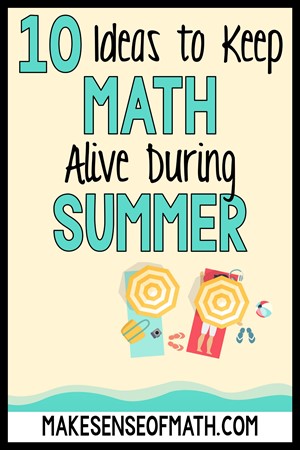Let's look at percents of a whole.
An entire bar will represent the whole. Draw the bar and label the whole.
Then you need to divide up the bar based on the given percentage. 50% would be in half. 20% would be divided into fifths. 30% would be divided into tenths. Use guiding questions to help your students think of how to divide the bar. If they are stuck, always dividing it up into tenths or fifths should work, as long as you are using percentages that are divisible by 5.
Next you need to divide the whole up into that many sections. Again, use guided questions to help your students figure out how to do this. They should come to the conclusion that the whole divided by the number of parts is the amount per section. Write that amount in each of the sections.
Lastly, determine how many sections you need for the given percentage. The students should already know what percent is each section from the first step. After the number of sections is determined, I like to color the sections in on my bar so students can visually see the percentage of the whole. They can then determine the part by looking at the value of the total colored sections.
Bar models can also be used with finding the whole given a part and a percent as well as finding the percent given the part and whole.
Let me just put this disclaimer on this method: Doing percents with bar models may take a lot of work at first. Each problem will take longer than if you just gave your students an algorithm. This is how it is with most conceptual teaching. However, I know that as you teach conceptual at first, and take the time to have the math make sense to the students, they will retain the information, and in turn, you won't have to do all of the extra review at the end.
Get The Task Cards
If you are interested in the task cards used in the photos you can get them here.















